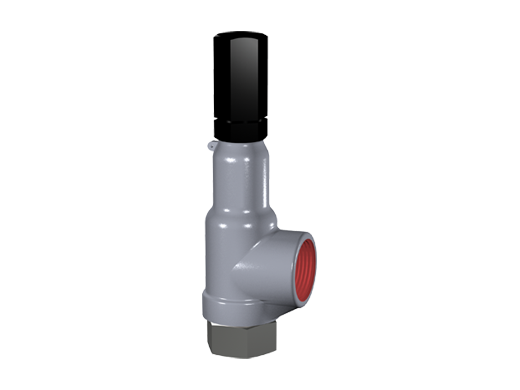Consolidated Type 19000 Safety Relief Valve
Applicable Industries
Power Generation, Refining, Petrochemicals, Midstream Oil & Gas, Upstream Oil & Gas, Paper.
Key Applications : Cooling Tower, Reactor Building, Turbine Building, Reactor Facility Grounds & BOP, Gas Turbine, Heat Recovery Steam Generator, Balance Of Plant, Distillation, Hydroprocessing, Reforming, Cracking, Secondary, Blending, Quenching & Fractioning, Charge Gas Compression, Seperation, Pipeline Integrity, Dehydration, Auxillary, Dehydration/Treating, Compression.
